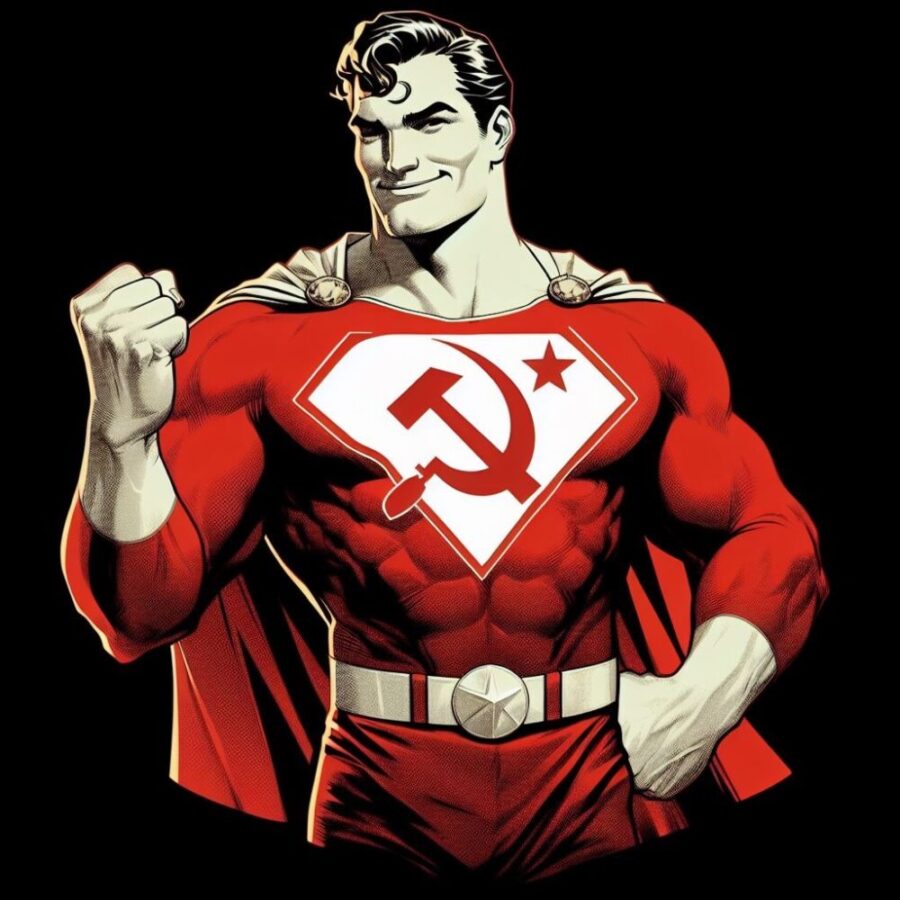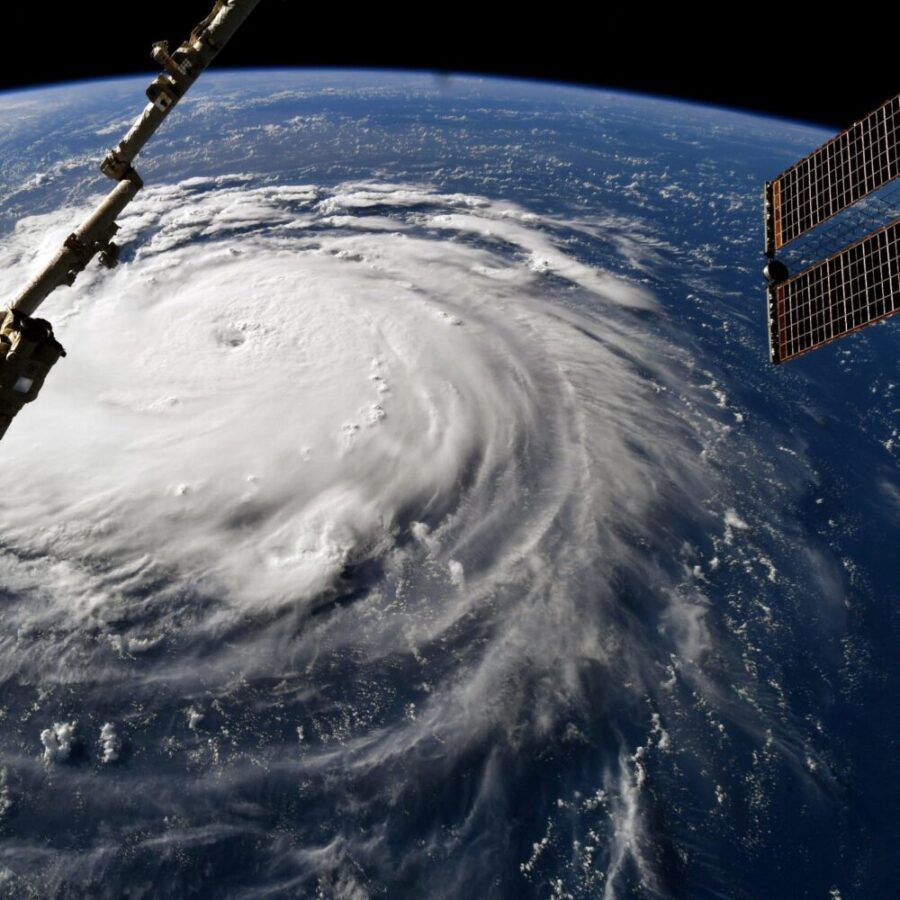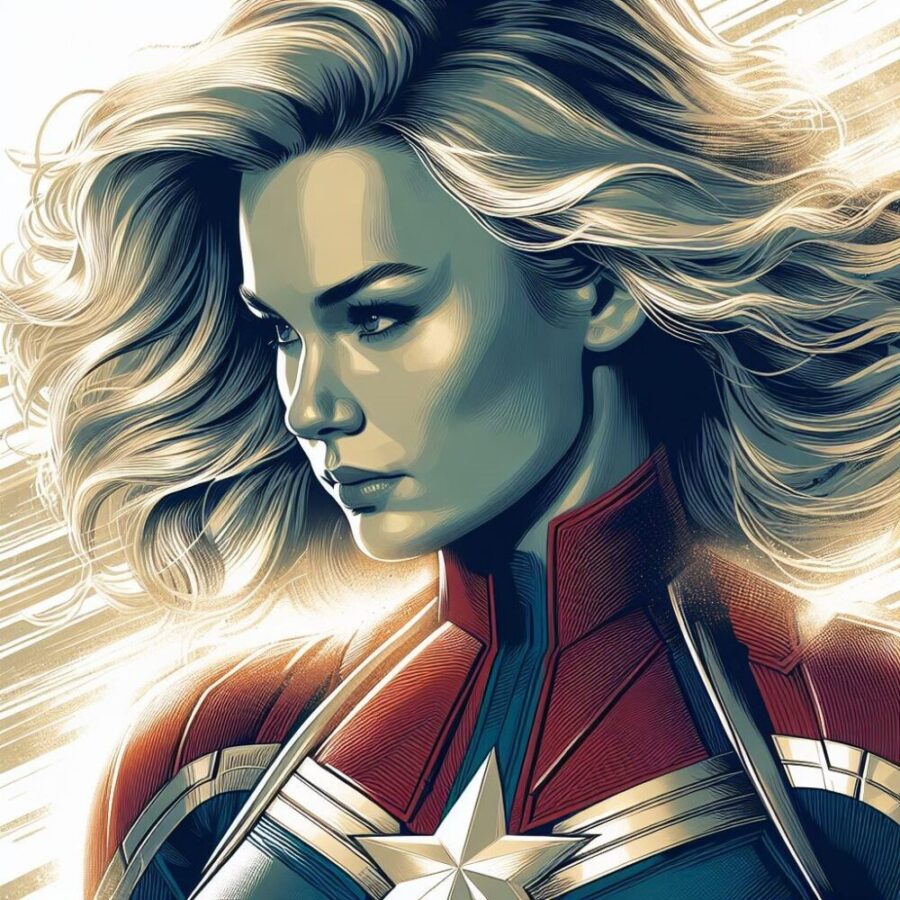Here Are The Top 7 Comic Book Protector Cases According to Amazon Reviewers
Comic books are more fragile than you realize. Whether you read comic books purely for entertainment or even ...
11 Items You Take For Granted But Use Incorrectly Every Day
It’s amazing how unwitting we can be of the proper way to use items we take for granted daily. Chinese takeout ...
Exploring the Multiverse: 12 DCU Alternate Realities That Will Blow Your Mind
General audiences are burnt out on the multiverse concept in comic book films. Still, this concept has powered the ...
9 Reasons Why You Should Rethink a Florida Retirement
“Retirement,” used to be a byword and general euphemism for retiring to Florida. 20th-century pop culture TV ...
Marvel’s Top 10 Most Powerful Women Superheroes
Do you know who the most powerful women superheroes are in Marvel Comics? You may know their names, but you may not ...
These 8 States Have the Most Lenient Squatter’s Rights Laws
If you own multiple properties or tracts of land then always remain vigilant over them. Squatter’s rights, also ...








